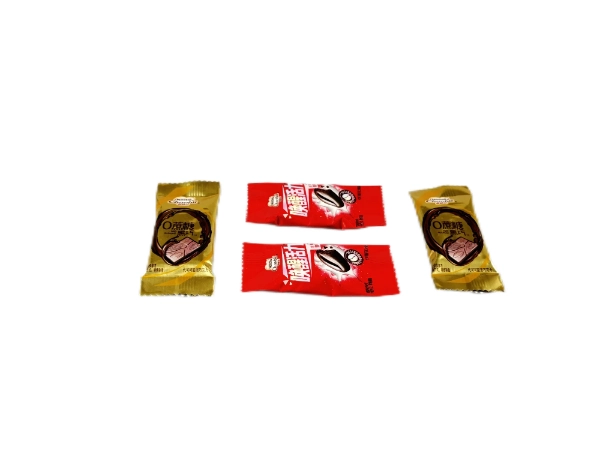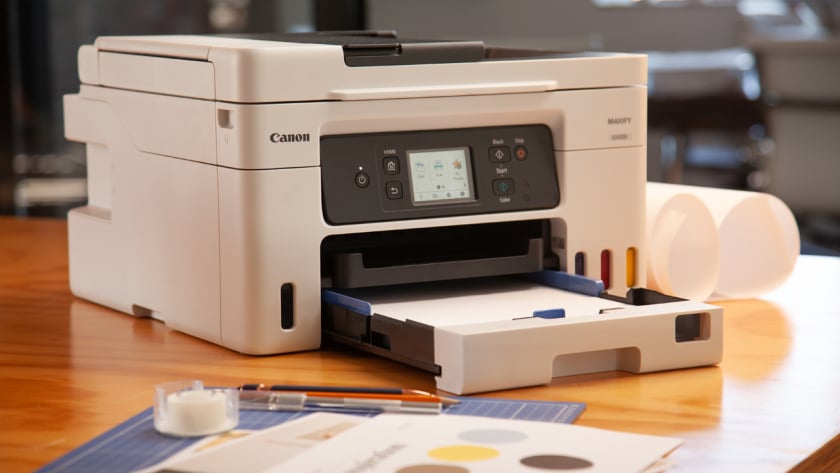The chocolate industry is a fine balance of art, technology, and precision, not only in creating the perfect confectionery but also in the packaging that preserves and presents it. Chocolate wrapper printing paper is a specialized product designed to protect chocolate from environmental factors while maintaining its aesthetic appeal. In this blog post, Leater, a high quality commercial food packaging bags manufacturer, will share the chocolate wrapper printing paper manufacturing process, including material selection, surface treatment, coating, printing and finishing processes.
1. Material Selection of Chocolate Wrapper Printing Paper
The quality of chocolate wrapper printing paper begins with the choice of raw materials. High-grade cellulose fibers sourced from hardwood or softwood pulp are predominantly used. These fibers are often bleached chemically to achieve a bright white base, essential for vibrant printing outcomes.
Additives such as sizing agents, fillers (e.g., kaolin clay, calcium carbonate), and binders are introduced during pulp preparation. Sizing agents, such as alkyl ketene dimer (AKD) or rosin-alum, are crucial for enhancing water resistance—an important characteristic to prevent moisture absorption by the wrapper.
Furthermore, depending on the final requirements, biodegradable fibers or sustainable pulp sources (e.g., FSC-certified) may be chosen to meet environmental standards.
2. Chocolate Wrapper Printing Paper Pulping and Sheet Formation
Once the raw materials are selected, they undergo a pulping process where fibers are separated, cleaned, and homogenized. In mechanical or chemical pulping operations, the objective is to produce a slurry with a uniform consistency and optimal fiber bonding potential.
This pulp slurry is fed into a Fourdrinier machine or twin-wire former, where the water is progressively drained through a moving mesh belt. During this process:
- Formation aids are sometimes added to ensure even fiber distribution.
- Headbox control systems regulate the flow and consistency of the slurry to maintain paper uniformity.
As the wet web of fibers forms, it proceeds through pressing sections, where water is mechanically extracted, and then to drying sections with steam-heated cylinders. By the end of this stage, the paper achieves a basic dry state (typically around 92-95% dryness).

3.Chocolate Wrapper Printing Paper Surface Treatment and Coating
To meet the functional requirements of chocolate packaging, base paper undergoes surface treatments that provide:
- Smoothness for high-quality printing.
- Barrier properties against moisture, grease, and oxygen.
Common surface treatments include:
a) Surface Sizing
Surface sizing involves applying a dilute solution of starch or synthetic sizing agents via a size press. This enhances the surface strength, reduces ink penetration, and improves the paper's printability.
b) Coating Application
Specialty coatings are essential for chocolate wrapper paper. A typical coating formulation contains:
- Pigments: Titanium dioxide for whiteness and opacity.
- Binders: Latex or starch derivatives for film formation.
- Functional Additives: Wax emulsions for moisture barrier properties, polyethylene dispersions, or biodegradable coatings like PLA (polylactic acid).
Coatings are applied using blade coaters, air knife coaters, or rod coaters, depending on the desired coating weight and smoothness. After coating, the paper passes through drying sections and supercalenders, where it is polished under high pressure and temperature to achieve a smooth, glossy finish.
4. Printing Process of Chocolate Wrapper Printing Paper
Printing is a critical stage where the visual identity of the chocolate brand comes to life. The choice of printing method depends on design complexity, production volume, and cost constraints.
a) Prepress Preparations
Artwork is processed using color management systems to ensure accurate color reproduction. Computer-to-plate (CTP) technology is used to create printing plates, typically for offset or gravure printing.
b) Printing Techniques
- Gravure Printing: Offers high-quality continuous tones ideal for premium chocolate brands. It involves engraving the design onto a cylinder, transferring ink directly onto the paper.
- Flexographic Printing: Suitable for large volumes and flexible packaging substrates. It uses flexible relief plates.
- Offset Lithography: Used where fine detail and multi-color images are required.
Water-based or solvent-based inks are selected based on the paper's coating and the food-safety regulations. Inks for chocolate wrappers must be low in migration to avoid contaminating the chocolate.
c) Drying and Curing
Printed wrappers are dried using infrared or hot-air systems, and in the case of UV-curable inks, UV lamps are used to instantly cure the ink. Maintaining ink adhesion without compromising paper flexibility is essential.
5. Chocolate Wrapper Printing Paper Laminating and Additional Barrier Enhancements
Often, chocolate wrappers are multi-layered to provide enhanced protection and a premium feel. Lamination involves bonding the printed paper to:
- Aluminum foil for superior moisture, light, and gas barrier.
- Plastic films such as PET (polyethylene terephthalate) or BOPP (biaxially oriented polypropylene) for durability and gloss.
Solvent-based or solvent-free adhesives are applied to join the layers without compromising flexibility or food safety.
Sometimes, coatings like PVDC (polyvinylidene chloride) are applied over the laminate to provide additional barrier protection.
6. Chocolate Wrapper Printing Paper Slitting and Converting
Once the laminated and printed rolls are ready, they are slit into narrower reels or sheets depending on the customer' s packaging equipment requirements. The slitting process must maintain precise tension control to avoid wrinkles, tears, or misalignments.
Sheeting machines may also be employed to cut the material into pre-determined sizes for manual or semi-automatic wrapping lines.
7. Chocolate Wrapper Printing Paper Quality Control and Compliance
At every stage, rigorous quality control checks ensure that the chocolate wrapper printing paper meets technical specifications. Typical inspections include:
- Basis Weight Measurement: To ensure consistent grammage.
- Thickness and Caliper Checks: To meet packaging machine requirements.
- Moisture Content Analysis: To ensure stability during storage and handling.
- Print Quality Control: Visual and spectrophotometric evaluations.
- Adhesion and Abrasion Tests: To ensure durability.
Moreover, the final product must comply with international food packaging standards such as:
- FDA 21 CFR 176 (U.S.)
- EU Regulation No. 1935/2004
- ISO 22000: Food safety management systems.
Testing for migration of ink components and barrier layer performance is particularly critical.
8. Chocolate Wrapper Printing Paper Environmental and Sustainability Considerations
Today, manufacturers are increasingly adapting their processes to minimize environmental impact. Measures include:
- Using water-based inks and adhesives.
- Recycling production waste.
- Offering compostable and biodegradable paper options.
- Employing energy-efficient drying systems.
The movement toward eco-friendly chocolate wrapper papers has led to innovations in biodegradable barrier coatings and reduced reliance on aluminum or petroleum-based films.
Conclusion
The manufacturing of chocolate wrapper printing paper is a complex, multi-stage process that requires careful integration of material science, chemical engineering, surface treatment, and precision printing technology. Every step is crucial to ensure the final product not only enhances the visual appeal of the chocolate but also provides essential protection to preserve flavor, texture, and aroma. As consumer demands evolve toward sustainability and premium packaging experiences, innovation in chocolate wrapper manufacturing continues to thrive, balancing tradition with cutting-edge technological advancements.
www.leaterpack.com
Leater

